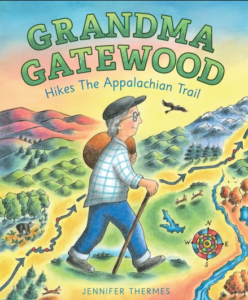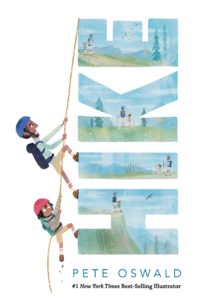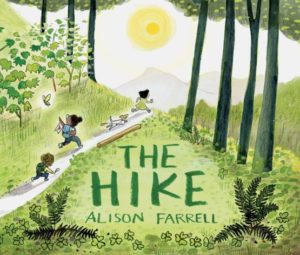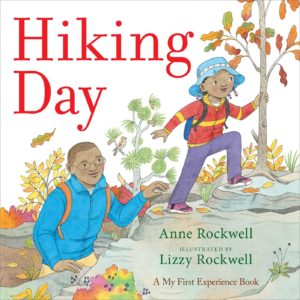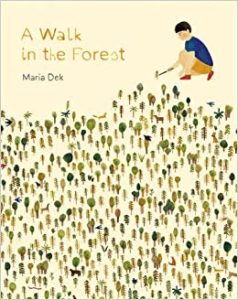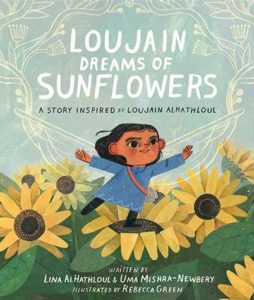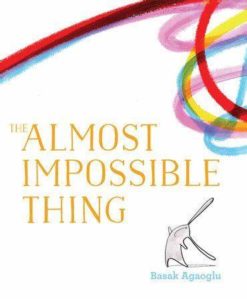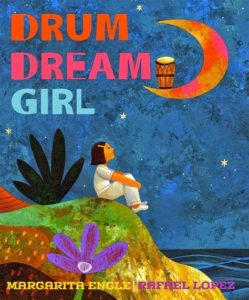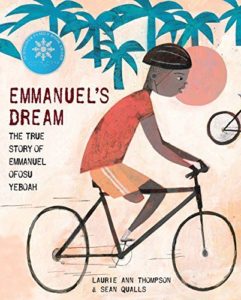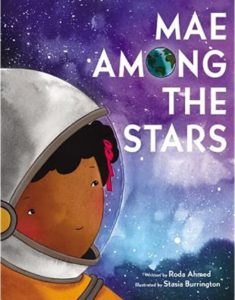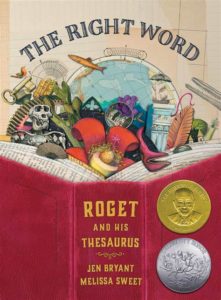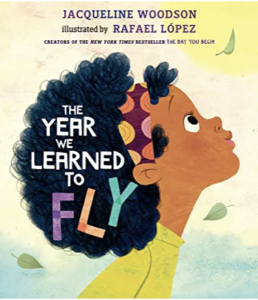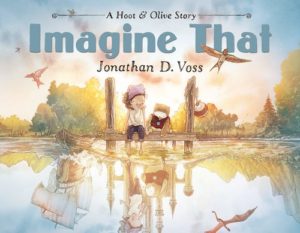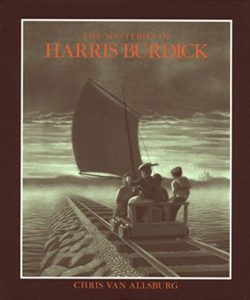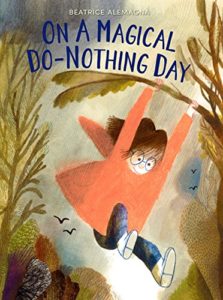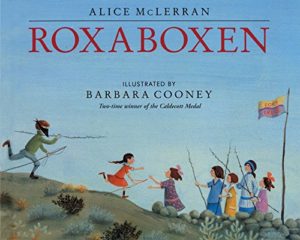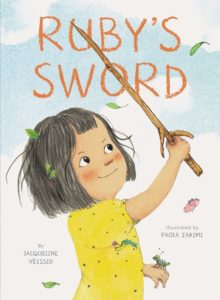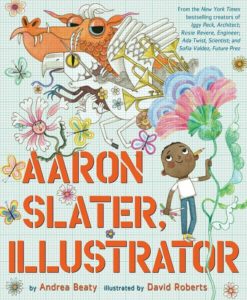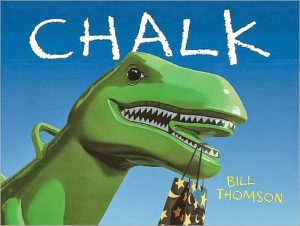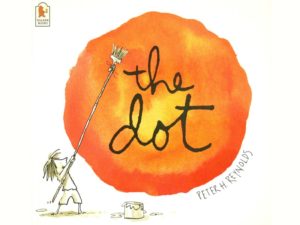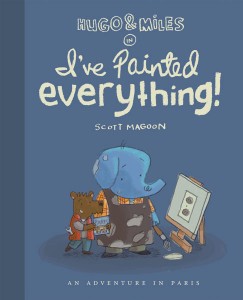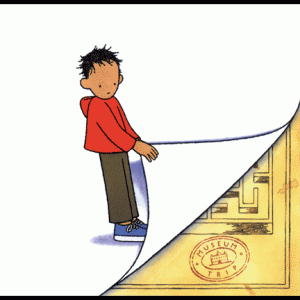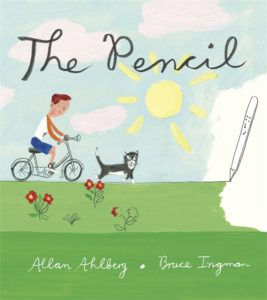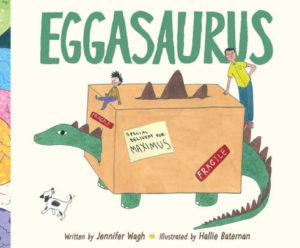 Eggasaurus
Eggasaurus
Authors: Jennifer Wagh
Illustrator: Hallie Bateman
26 April 2022
Simon & Schuster Books for Young Readers
40 pages
Book description from Goodreads: “In this funny and winsome epistolary picture book, a young boy who orders a dinosaur egg ends up with more than he—or his dad—bargained for!
All Maximus wants is a pet dinosaur—is that really too much to ask? But when his dad tells him he must send the egg back to where it came from, a mysterious company called Eggasaurus, Inc, a hiccup in communication leads to Max getting more…and more…and MORE eggs! Can he and his dad find a compromise before the eggs hatch and the baby dinosaurs take over their home?”
Educational Activities inspired by Jennifer Wagh’s Eggasaurus:
- Before Reading–From looking at the front and back cover:
- What do you think this story will be about?
- What is the child doing on the front cover?
- What emotion is that child feeling?
- Who is the other person with that child?
- What is the child doing on the back cover?
- How are the two images of the child the same? How are they different?
- Does what’s inside the box really look fragile?
- After Reading–Now that you’ve read the story:
- The story is told entirely through an exchange of letters. Which letter and its accompanying illustration did you like the best? Why?
- Have you ever had to ask for a refund before? Did it work out?
- What actions did Maximus take to show responsibility for the eggs and the dinosaurs in the story?
- How did the dad’s feelings about the eggs and the dinosaurs change throughout the book?
- In the final letter, there’s a special delivery mentioned. What do you think it’ll be?
- Writing–The story is told through an exchange of letters between Maximus and the company Eggasaurus, Inc. The book ends with a letter from Eggasaurus, Inc. that provides him with a certificate to run an official Dinosaur Day Care. Help out Maximus by writing a letter that’s his reply to Eggasaurus, Inc. Consider using colored pencils or crayons to create pictures of the Dinosaur Day Care to go with your letter.
- Crafting–Since dinosaurs hatch, chomp, and romp throughout the story, let’s create some fun dino crafts. Ask an adult for help, just to be on the safe side:
- Dino Feet: Have an adult help with the scissors and then get ready to do some stomping!
- Edible Dino Eggs: All this crafting makes dinosaurs hungry, so stir up a batch of these yummy dino eggs!
- Paper Dinosaur Hat: Every good dino needs spikes down its back, so work with an adult to cut out triangles, or design your own style spikes for this cool dinosaur hat.
- Papier-Mâché Dinosaur Eggs: Decorate your egg however you want since every dino egg is unique!
- Pterodactyl Eggs in a Nest: Make certain no one has food allergies before making this edible craft (it has peanut butter)!
- Imagining–Many dinosaurs have long, interesting names. Here’s a short classroom-friendly video that shares the names of many popular dinosaurs. Now use your imagination to invent your own dinosaur name by filling in the blanks below:
- If I could create any type of dinosaur, I would create a (herbivore, carnivore, or omnivore) _____________.
- My dinosaur looks like _______________.
- For fun, my dinosaur likes to_______________.
- So, I would name my dinosaur ______________.
- Further Reading–Are you enjoying spending time with dinosaurs? Learn more about real and imaginary dinosaurs by reading these exciting books. Which of these have you already read? Which of the others would you want to read first? (Click on any book cover for more information on these titles!)
 Joshua Walls is a children’s author and travel writer who isn’t afraid to fuse, challenge, or deconstruct genres in the pursuit of creating compelling stories. Currently, he lives in Sarasota, FL where he’s pursuing a BFA in Creative Writing at Ringling College of Art and Design. He’s also the co-founder and co-host of the Fluff It podcast.
Joshua Walls is a children’s author and travel writer who isn’t afraid to fuse, challenge, or deconstruct genres in the pursuit of creating compelling stories. Currently, he lives in Sarasota, FL where he’s pursuing a BFA in Creative Writing at Ringling College of Art and Design. He’s also the co-founder and co-host of the Fluff It podcast.


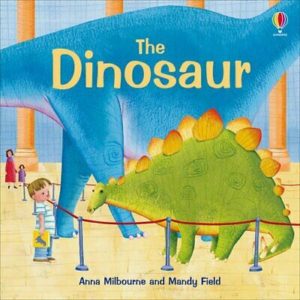
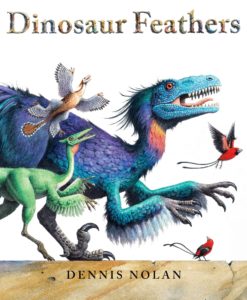
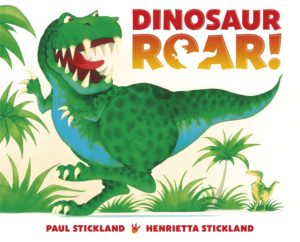
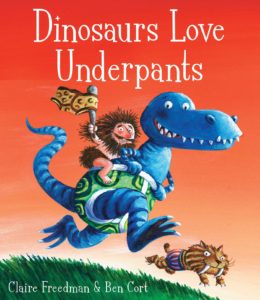
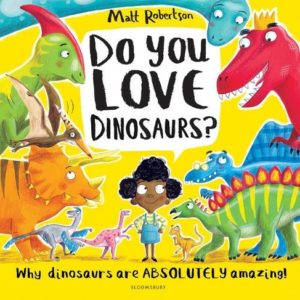
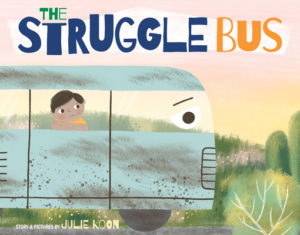
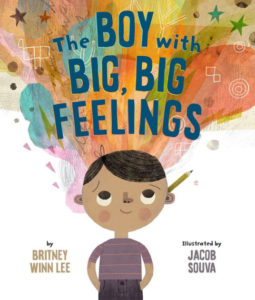
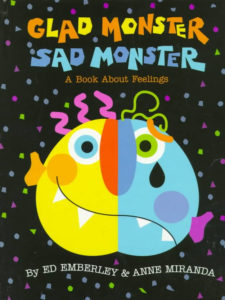
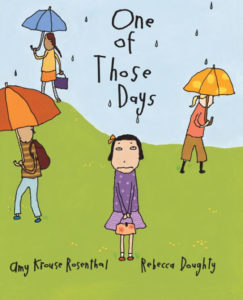
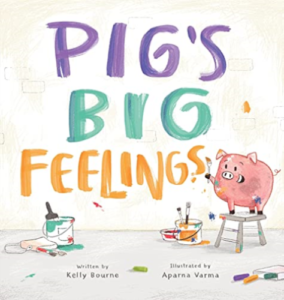
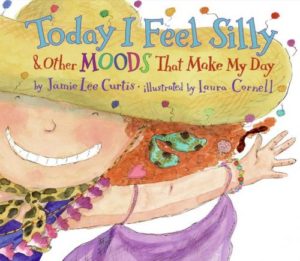
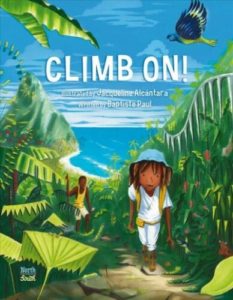 Climb On!
Climb On!